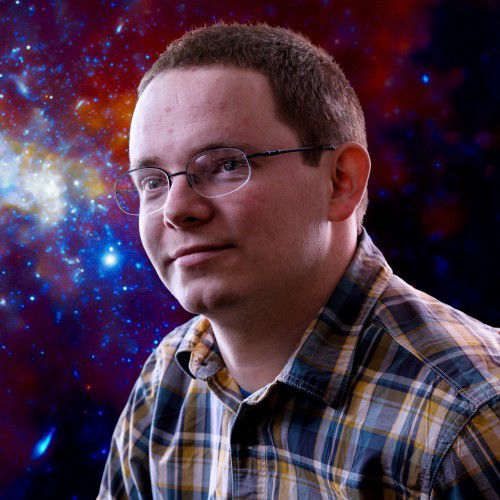Professor Assists in Discovery of a Black Hole
February 20, 2019
Villanova University professor Joey Nielsen, PhD, was a part of the team that discovered light echoing in a black hole. This black hole is called MAXI J1820-070 and was discovered on the International Space Station by the Neutron Star Interior Composition Explorer (NICER). The team submitted its research to Nature in January 2019.
The black hole is surrounded by an accretion disk, a kind of gaseous disk, that emits light from a corona. The light bounces around the disk and was captured by NICER. The process of NICER capturing the light bouncing off of the disk is similar to echolocation used by bats and whales.
The researchers are attempting to find out how the light bouncing works and why it bounces from the corona to the disk. The NICER uses the traces of elements like iron that are residue from the bouncing to find the distance between the disk and black hole itself.
“How close you are is important. If you want to understand [the process], having a physical scale is crucial because we are watching this from a phenomenal distance away,” said Nielsen.
However, this is a new field of study, so many questions still linger on the subject.
“We’ve only had observational data on black holes since the 1970s,” Nielsen said. “We’re finally able to answer the questions we couldn’t answer before, and we can now begin to ask new questions for the future.”











